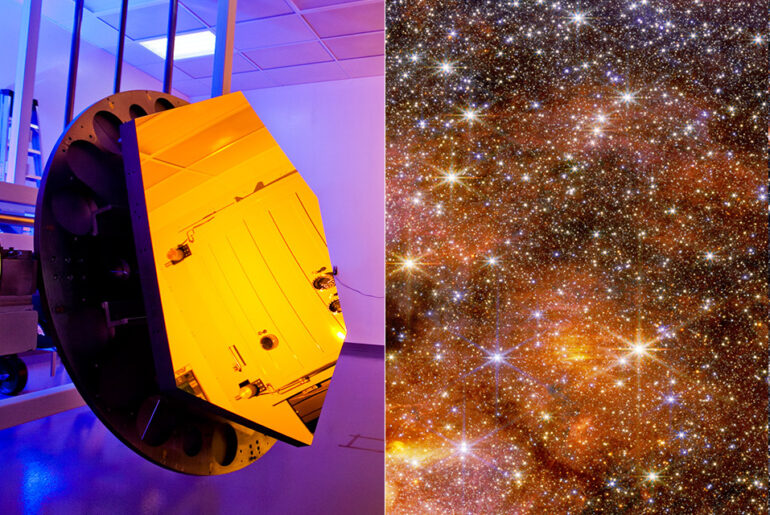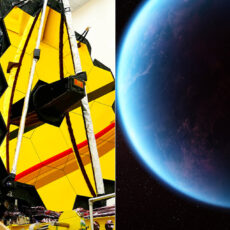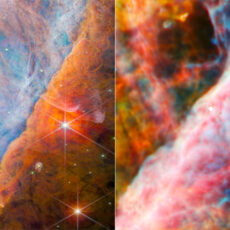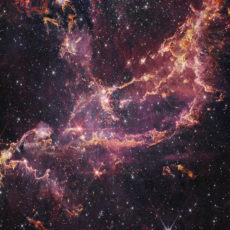
Sagittarius B2, a giant cloud of gas and dust near the center of the Milky Way, is churning out stars at an incredible rate. NASA’s James Webb Space Telescope has trained its infrared eye on this star factory and has captured images that are both breathtaking and baffling. This region, just a few hundred light-years from the galaxy’s central black hole, Sagittarius A*, holds secrets about how stars are born that Webb’s advanced technology can only partly reveal.
Sagittarius B2 is the Milky Way’s most active star-forming region. Despite containing only 10% of the galactic center’s gas, it produces half of all the stars there. Webb’s Near-Infrared Camera (NIRCam) and Mid-Infrared Instrument (MIRI) are front row seats to this cosmic show. NIRCam cuts through the dust to reveal bright stars, a picture full of orange clouds and flashing lights. MIRI looks at warm dust that glows pink and purple, allowing only the brightest stars to shine through.
- 2 AVIATION LEGENDS, 1 BUILD – Recreate the iconic Boeing 747 and NASA Space Shuttle Enterprise with the LEGO Icons Shuttle Carrier Aircraft (10360)...
- DEPLOY LANDING GEAR – Turn the dial to extend the massive 18-wheel landing system on your airplane model, just like real flight operations
- AUTHENTIC FEATURES & DETAILS – Remove the tail cone, engines, and landing gear from the NASA shuttle and stow them in the cargo bay during flight
NIRCam’s view is like a bustling cityscape, with stars of all ages and sizes scattered across the image. MIRI’s view is more intimate, focusing on the warm dusty nurseries where stars are born. The reddest patch in MIRI’s image, Sagittarius B2 North, is a molecular rich hot spot – so crowded it’s a star factory. But the most amazing things in these images aren’t the bright clouds or stars. They’re the dark patches, so dusty even Webb’s infrared can’t see through them. These are where the real action is: tiny stars, too young to shine, are forming inside.

Sagittarius B2 is 27,000 light-years from Earth, close enough to study in detail but far enough away to feel like a frontier. Being near the supermassive black hole at the galaxy’s center adds to the allure. The region is a mess of magnetic fields, thick gas and young stars but it defies expectations. The galactic center is loaded with raw materials, it should be a star forming dynamo but it’s weirdly quiet compared to Sagittarius B2’s constant activity. Astronomers want to know why this cloud outperforms its neighbors in star formation.

The dark patches in these images are especially interesting because they’re not empty space but dense cocoons around young stars. These opaque clouds, invisible to most telescopes, are the building blocks of future suns. Even Webb, with its incredible ability to see through dust, can’t fully penetrate these thick clouds.
















